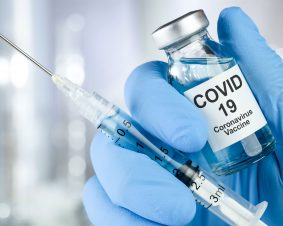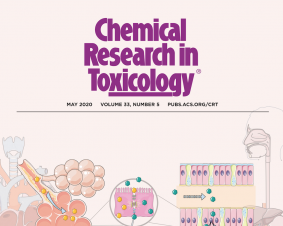 >
Spotlight December 2020: Rethinking Nanosafety – Part II
>
Spotlight December 2020: Rethinking Nanosafety – Part II
In December we would like to draw attention to the special issue: Rethinking Nanosafety – Part II in small.
In the July Spotlight we already presented Part I. This special issue “Rethinking Nanosafety – Part II” also features research papers by renowned scientists in the field of nanosafety research.
The first part of this special issue has been published in May 2020, the second part now in September 2020.
This special issue contains topics such as biotransformation of nanomaterials, nanomaterials as food additives or on the definition of nanomaterials.
Original Publication:

Weitere Spotlights
Spotlight November 2023: Early Awareness and Action System for Advanced Materials (Early4AdMa)
Advanced materials hold immense potential to address global challenges such as environmental degradation, transformation of the energy sector, and development towards circularity. To harness their benefits while ensuring safety and sustainability, regulatory bodies, scientific communities, and industries have recognized the need for proactive approaches. The “Early4AdMa” system is a pre-regulatory risk governance tool for advanced […]
Read moreSpotlight May 2022: Nano-ghosts” – Risk assessment of submicron-sized particles in food biased towards fictional “nano”
The European Commission has issued a ban on the colorant titanium dioxide in food. Titanium dioxide, which provides a nice shine and bright white color, can potentially damage genetic material. We chose a review article from 2022 for the May 2022 Spotlight that addresses the risk assessment of food-grade titanium dioxide (E171) and the resulting […]
Read moreSpotlight February 2021: Nanoobjects in the COVID-vaccine – scientifically correct?
The COVID-19 pandemic induces very different reactions of people on the internet (https://www.cdc.gov/mmwr/volumes/70/wr/mm7002e1.htm) and in the social networks. Without following the conspiracy theories as “5G nanochip hidden in COVID vaccines” some news as “COVID vaccines induce allergic reactions” should be scientifically recognised. The picture from the 5G-nanochip whose plan goes viral on the internet is […]
Read moreSpotlight October 2020: Nanosafety – Topic of the Future
Research on nanosafety is a driver of innovation as the spotlight in July has demonstrated. But furthermore, this research field is built on routine as well if researchers look for the “needle in the haystack”. In many areas the safety research initiates the development of new methods, e.g. for the determination of nanoparticles within exposed organisms via […]
Read more


